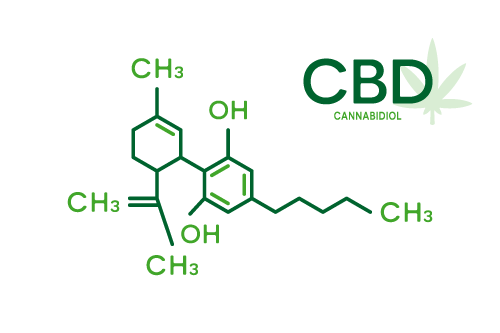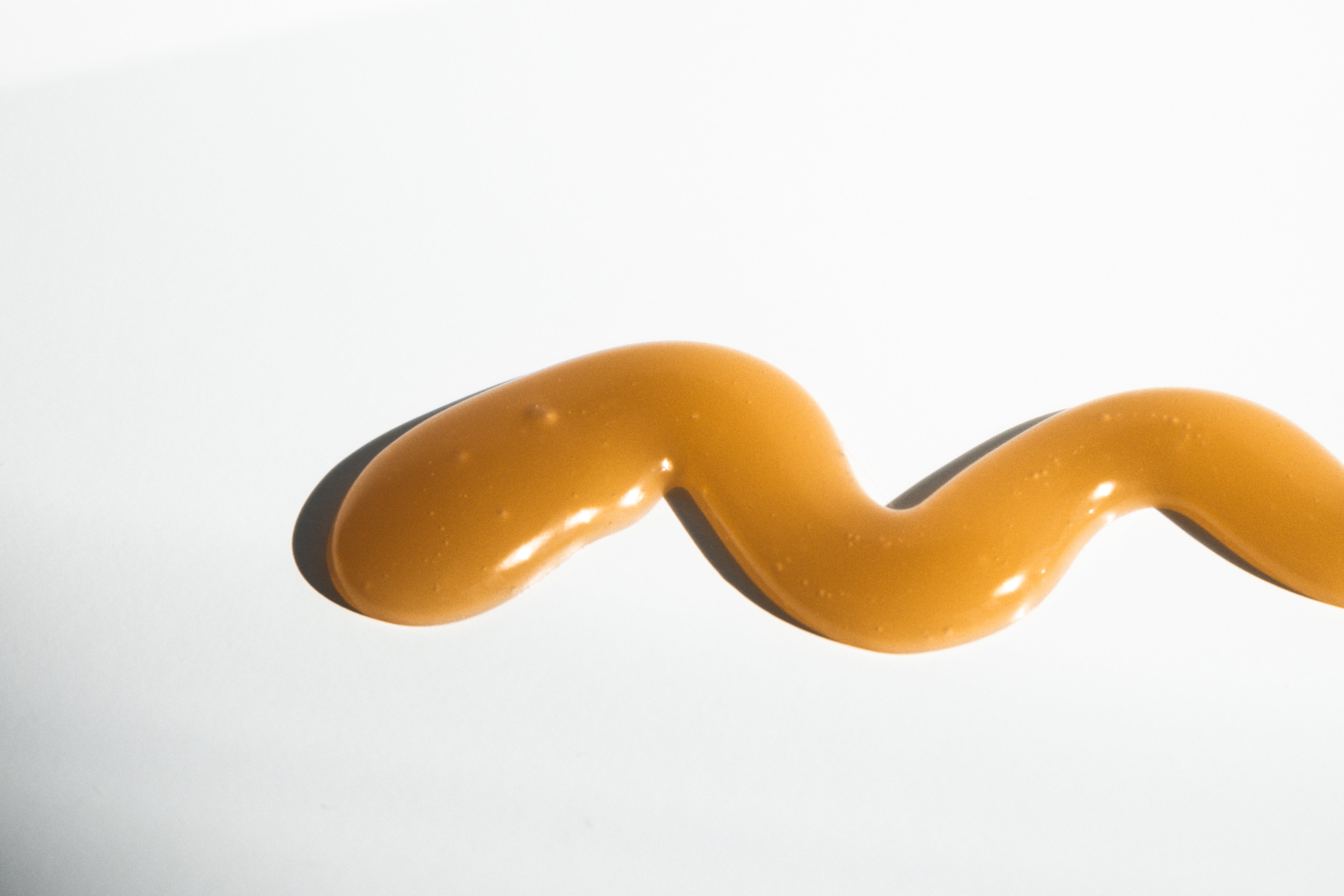What is CBD?

Written by Alyssa Sexton
‘CBD’, short for cannabidiol, is a constituent of the cannabis plant. There are records dating back over 6,000 years ago of the cannabis plant, making it one of humanity’s oldest crops. (4) The genus, Cannabis, consists of three species; C. sativa, C. indica, and C. ruderalis. (A future post will detail the differences between these species.) The constituents, called cannabiniods, are a group of compounds occurring in the glandular hairs of the plant. (3) Each cannabinoid has different effects on the body.
When administered alone, CBD produces neuroprotective, anti-psychotic, anti-oxidative, and anti-convulsive effects, among others like anti-nausea, anti-inflammatory, sedative, and hypnotic. (1)(3) Because of these affects, nearly everyone can benefit from CBD in one form or another; whether it be simply from its calming nature in the often stressful world we live in, or because of the pain relief it can provide with inflammatory injuries, to even more serious ailments like chronic seizures.
In addition to CBD, one of the most widely known cannabinoids is tetrahydrocannabinol (THC). You may know THC as the chemical that get’s you ‘high’, as it has psychoactive effects in the brain. The ratio of these two compounds is often unknown by cannabis users because CBD has no psychomimetic effects, unlike THC which has been shown to elevate levels of psychotic symptoms and anxiety. (2) In fact, CBD has been shown to combat many of these undesirable effects of THC.
You may have heard the terms ‘marijuana’ and ‘hemp’ used interchangeably with ‘cannabis’. However, the term cannabis encompasses both hemp and marijuana plants, but the two are in fact different from each other. In fact, there is some debate about what distinguishes hemp from marijuana. The difference between marijuana and hemp is important to understand because many places have considerable legal implications associated with one, and not the other. Of course, from the perspective of a government entity, the distinction focuses on determining whether a plant should be considered as a drug, or not.
Hemp is often grown for the production of seed and fiber, and contains a low amount of THC. (4) It is commonly suggested that the level of THC is the determining factor of what is considered ‘hemp’ versus what is ‘marijuana’. This is not the case, though perhaps it is convenient to distinguish in this way for the sake of determining legality. ‘The Genetic Structure of Marijuana and Hemp’ details closely studying both marijuana and hemp samples, and concluded that the distinction between marijuana and hemp is not limited to genes underlying THC production. (4)
Due to the history of the plant and its uses, many hemp types have been better documented and have varietal names while marijuana types lack an organized horticultural registration system. This makes it a difficult plant, not only to regulate, but also understand.
So what does all this mean for the CBD curious consumer? When you get your CBD from a reputable source, you can count on a few things; 1) its effects will very likely bring you some form of relief, as it has a number of benefits, 2) when your CBD is accompanied with a low level of THC, you have nothing to worry about when it comes to psychoactive response, 3) hemp-derived CBD is not a drug.
1.
Zuardi, A.W., Crippa, J.A.S., Hallak, J.E.C., Moreira, F.A., & Guimarães, F.S.. (2006). Cannabidiol, a Cannabis sativa constituent, as an antipsychotic drug. Brazilian Journal of Medical and Biological Research, 39(4), 421-429. https://doi.org/10.1590/S0100-879X2006000400001
2.
Morgan, C., & Curran, H. (2008). Effects of cannabidiol on schizophrenia-like symptoms in people who use cannabis. British Journal of Psychiatry, 192(4), 306-307. doi:10.1192/bjp.bp.107.046649
3.
Iuvone, T., Esposito, G., Esposito, R., Santamaria, R., Di Rosa, M. and Izzo, A.A. (2004), Neuroprotective effect of cannabidiol, a non‐psychoactive component from Cannabis sativa, on β‐amyloid‐induced toxicity in PC12 cells. Journal of Neurochemistry, 89: 134-141. doi:10.1111/j.1471-4159.2003.02327.x
4.
Sawler, J., Stout, J. M., Gardner, K. M., Hudson, D., Vidmar, J., Butler, L., Page, J. E., & Myles, S. (2015). The Genetic Structure of Marijuana and Hemp. PloS one, 10(8), e0133292. https://doi.org/10.1371/journal.pone.0133292



